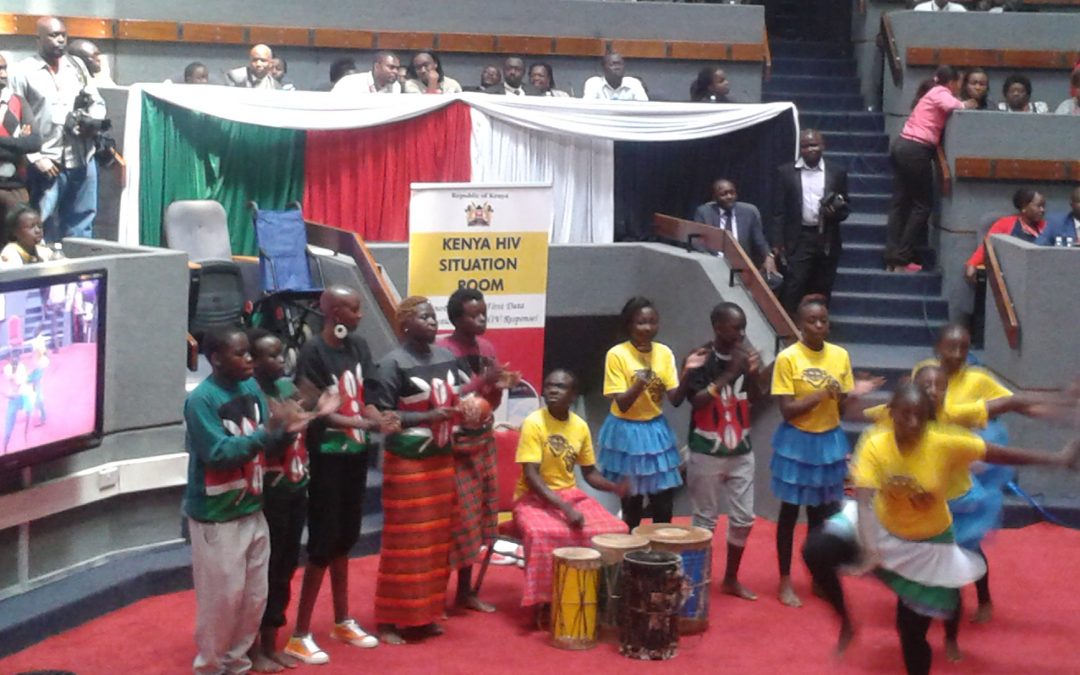NAIROBI: Kenya has launched a HIV situation room that will continuously present the HIV Reproduction, Maternal, Neo-natal and Child Health (RMNCH) situation in the country. This was part of the commitment made by the Ministry of Health during the launch of the All In! Global campaign on fast tracking the HIV response among children, adolescents and young people.
During a colorful launch in Nairobi, the Kenyan President H.E. Uhuru Kenyatta noted that the situation room will provide up to date information for prioritization, planning, decision making and accountability at national and county levels. The President also launched an operational plan as well as a national campaign to end stigma and discrimination on adolescents.
Speaking during the same event, the Health Cabinet Secretary noted that the situation room will utilize existing data to present select indicators from diverse data sources in a single interactive and dynamic platform. The platform will also be used to monitor progress towards achieving the Kenya AIDS Strategic Framework (KASF) goals, monitor & map situation of HIV related commodities in the country and avail easy data for decision-making for Government and partners.
According to the National AIDS & STI Control programme, Kenya has an estimated 6% adult HIV prevalence rate. In 2014, of the 69,815 HIV+ women identified, 52,383 (75%) had access to and received prophylaxis. New HIV infections in children had dropped from 14,168 in 2012 to 11,847 in 2014. Kenya is working to achieve less than 3,000 new HIV infections from occurring among children this year. The HIV situation room will enable relevant stakeholders to keep track of progress towards achieving this and other HIV related goals. It will utilize the following programme systems:
- Health Management Information System (HMIS) – used to draw RMNCH health care indicators
- District Health Information System (DHIS) – used to draw HIV service facility based indicators
- Logistics Management Information System (LMIS) – used to draw medical supplies information to all medical facilities managed by the Kenya Medical Supplies Agency (KEMSA)
- Community Based Programme Activity Reporting System (COPBAR) – used to monitor and evaluate the implementation and performance of Civil Society Organisations (CSOs), CBOs and Faith Based Organisations (FBOs)
Present at the launch were senior government officials, members of the diplomatic community, civil society representatives and young people drawn from various schools and institutions.




